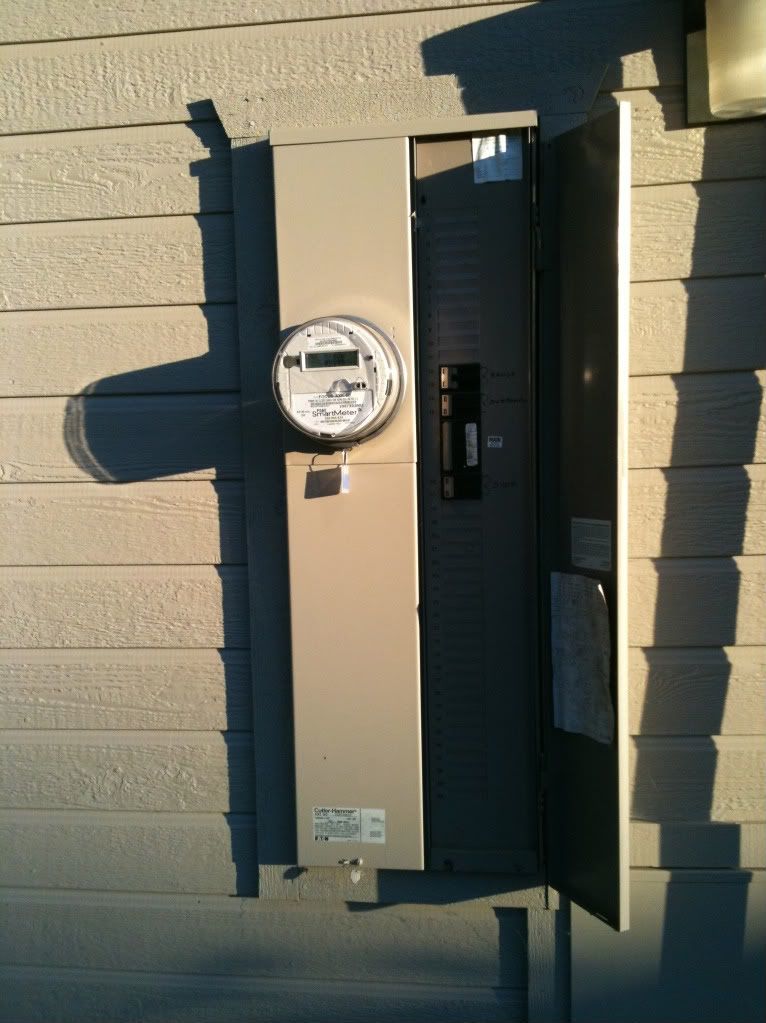Even if I have my service disconnect near the CT meter, which I do commonly have on larger services on some farm operations or other outdoor specific load installations, POCO's here have it load side of metering - they don't want customer access to non metered conductors. Nearly all those situations the transformer supplies a single service and killing the transformer isn't a big deal as it doesn't effect other customers. If they need to disconnect the meter itself while servicing it, there are bypass components within the meter socket.
A service disconnect ahead of CT's or even after if all you want is no current thru the CT's when working on them is still taking the entire service down when you open it:?
Sorry, I didn’t proofread correctly.... Trying to do this on a iPhone is aggravating...
My statement should have read, “before or after”.
I deleted some typing and went too far back.
I don’t really care about current through the CTs. I can shunt them out for metering wiring maintenance, testing,or pull shunt blades for the meter.
What if I need to change them, or change a service.
Everywhere is different..
I have one installation here where a 750kVA feeds a small mall. About 18-20 businesses.
Lets say you want to rewire one of these businesses for a different business with different electrical requirements.
The conductors go to the CT “cabinet” which has been in for years, and is really a 12X12X 96 trough rather than a 30X30 CT cabinet, where they are connected to your conductors going to your panel(s)
you call and say you need the service disconnected so you can change everything.
Here if the disconnect was before the trough life would be real easy.
I disconnect it hot? I can, and have, but with the new AF requirements, our rules are nothing over a 150 kVA hot to minimize AF.
so, I come in, shut the entire installation down in the wee hours in the AM to minimize disruption. Again, a disconnect on the line side would solve this.
Its not required, not our equipment, but it takes a lot of aggravation out of it.
We have a couple of installations where they have this setup. We did require it of at least two property’s (strip malls) because it seemed like they changed electrical every time they changed tenants, which seemed like every year or two...
For a 30X30 CT cabinet like we all have installed, a disconnect would be great on either side.


